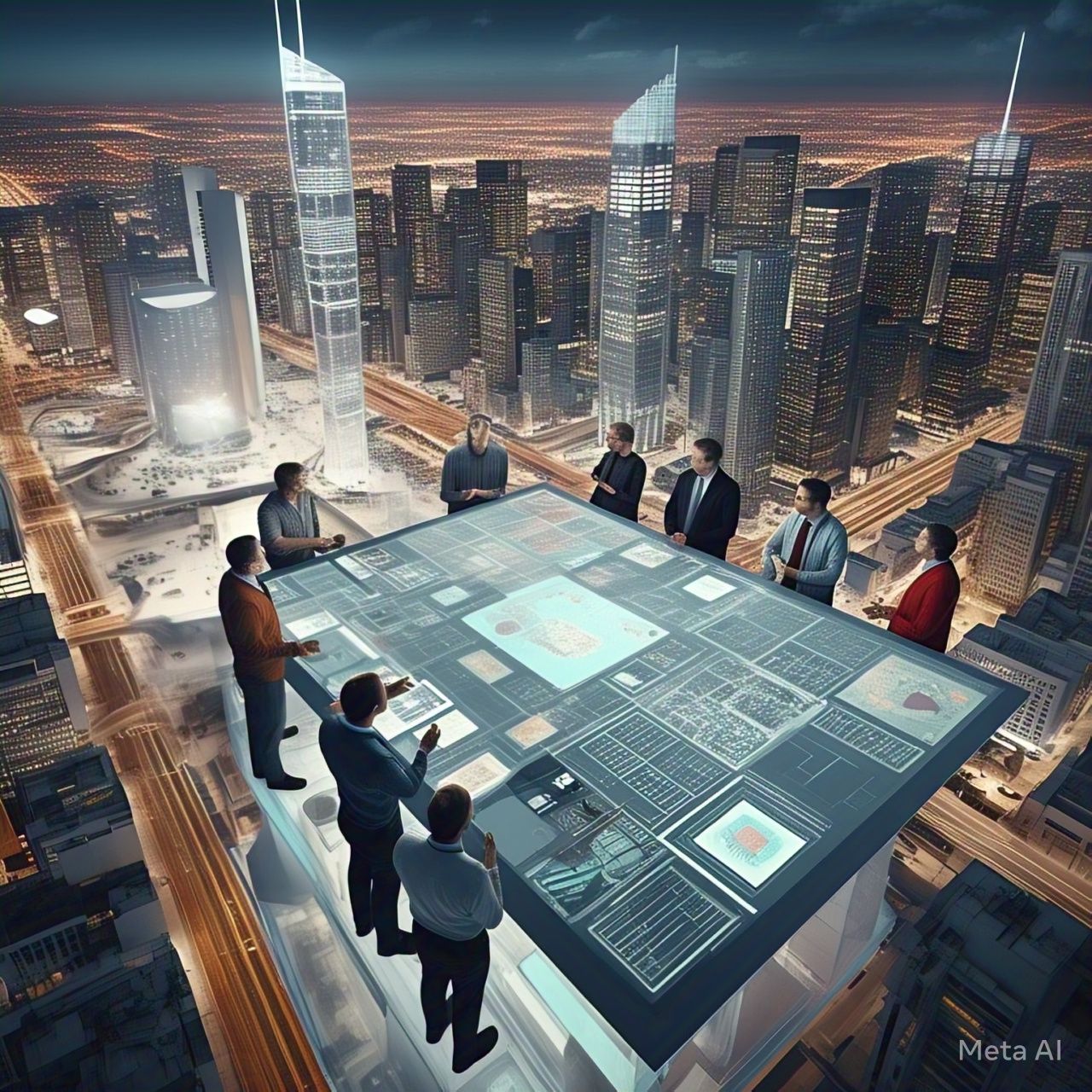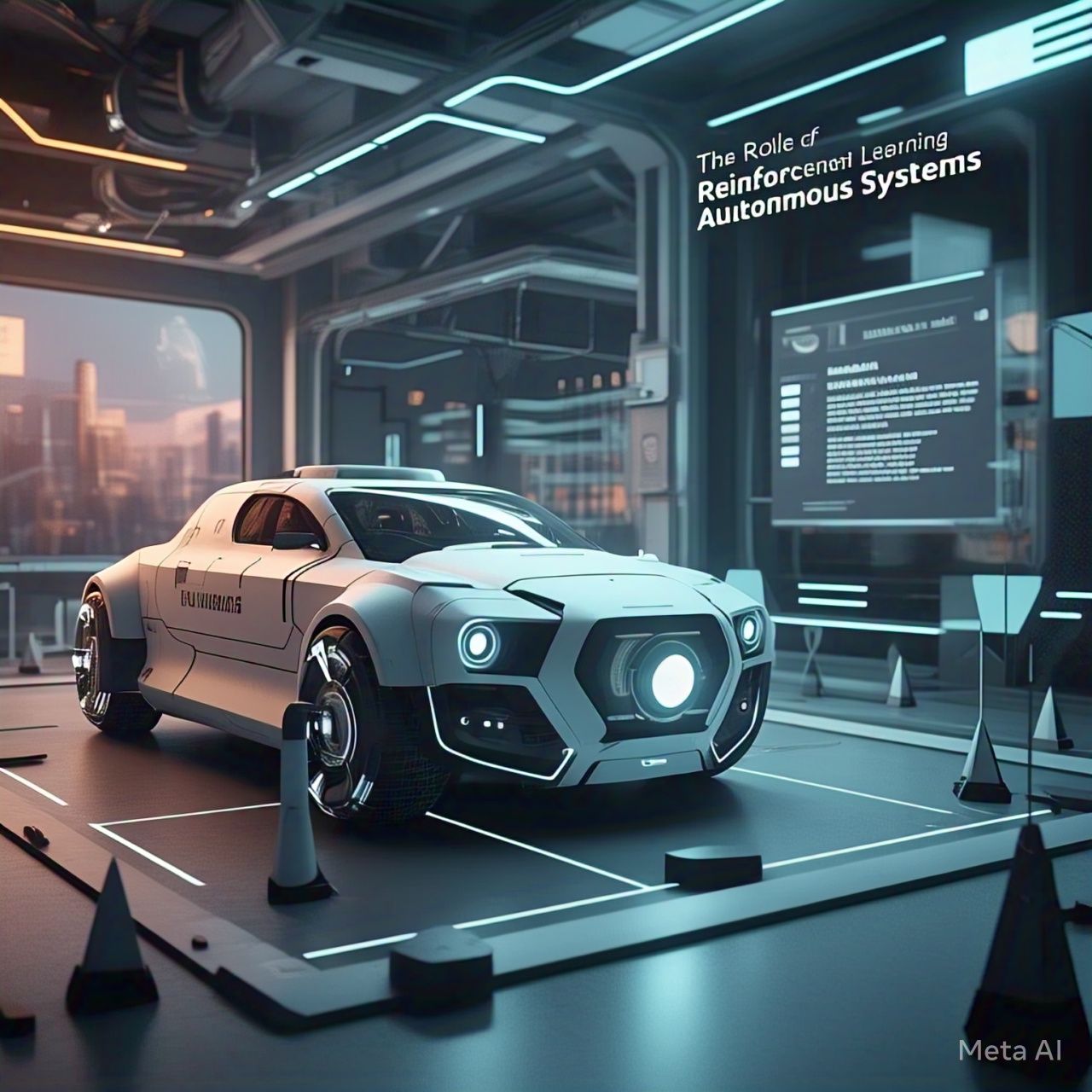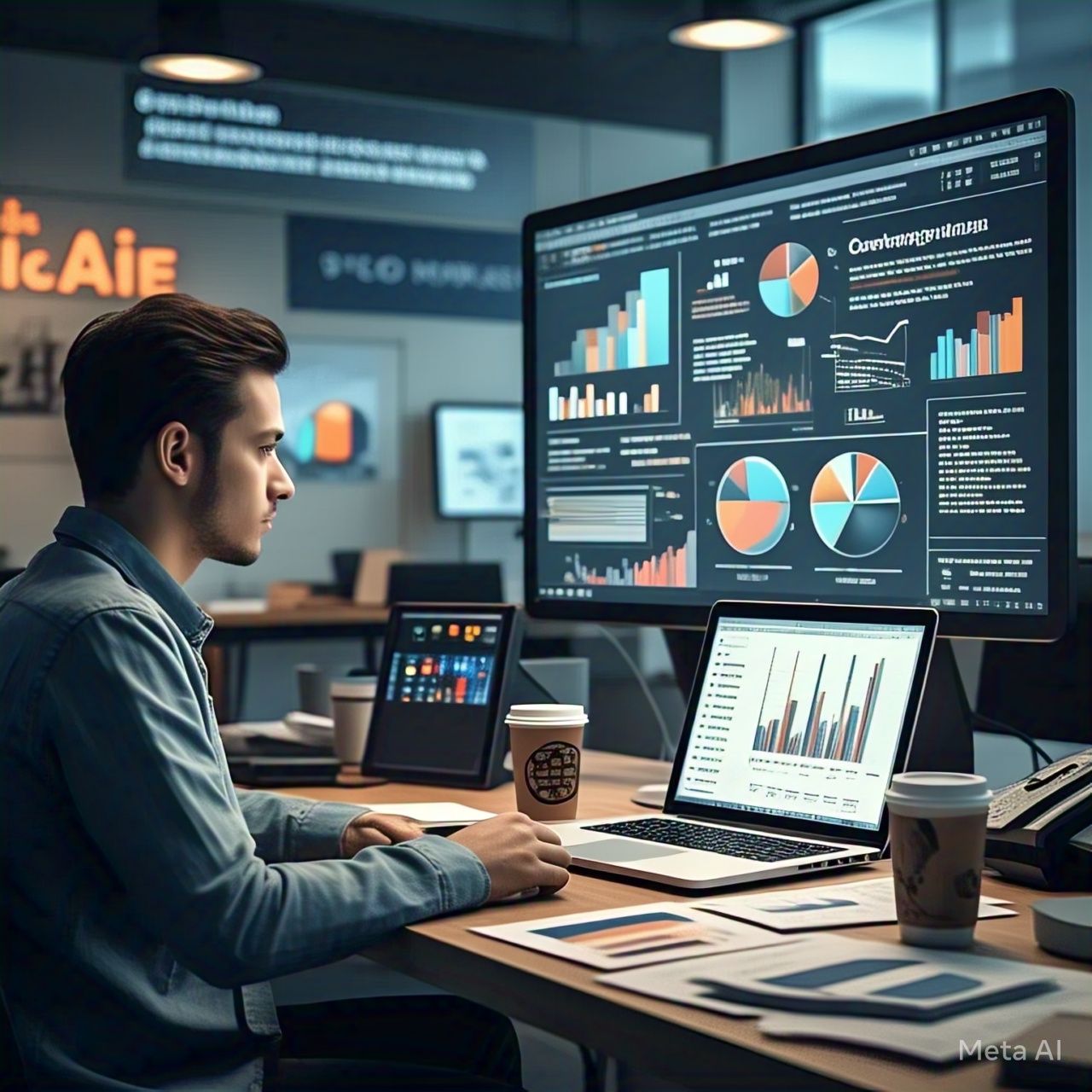Introduction
The construction industry is undergoing a major transformation with the integration of Artificial Intelligence (AI) and robotics. From automating labor-intensive tasks to enhancing precision in design and execution, AI-powered construction is revolutionizing how buildings are designed, planned, and built. By leveraging AI-driven robotics, companies can improve efficiency, reduce costs, and create more sustainable structures. This article explores how AI and robotics are shaping the future of building design and construction.
The Role of AI and Robotics in Construction
1. Automated Design and Planning
AI-powered tools assist architects and engineers in generating optimized building designs using machine learning and generative design algorithms. These tools analyze environmental factors, structural integrity, and material efficiency to create smarter, more sustainable buildings.
Key Benefits:
- Faster design iterations with AI-generated blueprints.
- Enhanced structural integrity through predictive analysis.
- Sustainable material recommendations for eco-friendly construction.
2. Robotic Construction and 3D Printing
Robotics and AI-driven automation are streamlining construction processes, including bricklaying, concrete pouring, and steel assembly. 3D printing technology, powered by AI, allows for rapid prototyping and the creation of complex architectural designs with minimal waste.
Key Benefits:
- Increased construction speed with robotic precision.
- Reduced labor costs and improved worker safety.
- Lower material waste through additive manufacturing techniques.
3. AI in Site Management and Safety
AI-powered drones and computer vision systems enhance construction site safety by monitoring workers, identifying hazards, and predicting potential risks before they occur. These technologies help ensure compliance with safety regulations and reduce workplace accidents.
Key Benefits:
- Real-time hazard detection and risk assessment.
- AI-driven safety compliance monitoring.
- Improved worker productivity and site efficiency.
4. Smart Project Management and Cost Optimization
AI-driven project management platforms analyze historical construction data to predict costs, optimize schedules, and allocate resources efficiently. AI algorithms help prevent budget overruns and ensure timely project completion.
Key Benefits:
- Predictive analytics for accurate project cost estimation.
- AI-assisted scheduling for efficient workflow management.
- Optimized resource allocation to minimize delays.
5. Sustainable Construction with AI
AI helps construction firms design energy-efficient buildings by analyzing environmental data and suggesting sustainable materials and construction methods. Robotics further support green building initiatives by reducing waste and improving energy efficiency.
Key Benefits:
- AI-driven recommendations for energy-efficient designs.
- Smart building automation for optimized energy usage.
- Reduced environmental impact through sustainable construction practices.
The Future of AI in Construction
As AI and robotics continue to evolve, the construction industry will witness greater automation, improved safety measures, and enhanced efficiency. The combination of machine learning, IoT, and AI-driven robotics will redefine traditional construction methods, paving the way for smarter, faster, and more sustainable building practices.
Conclusion
AI-powered construction and robotics are transforming the building industry, improving design accuracy, safety, and efficiency. From AI-generated blueprints to robotic construction, these technologies are reshaping how we build the cities of the future. As the industry continues to embrace AI and automation, the future of construction looks more innovative, sustainable, and cost-effective than ever before.




